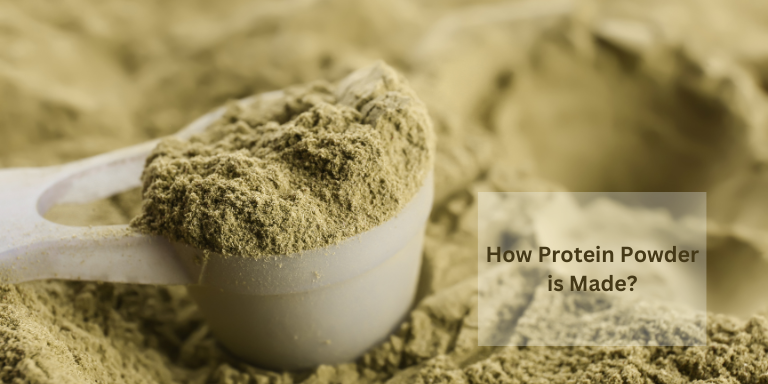How Protein Powder is Made: A Simple Guide

Protein powder is a popular supplement that many people use to help meet their daily protein intake. But how is protein powder made? Let's break it down into simple steps and learn about the different types available.
How Protein is Extracted?
The first step in making protein powder is to extract the protein from its source. Protein can come from various sources, including milk, plants, and even hemp. The most common sources are milk and plants.
Types of Protein Powder
There are several types of protein powder, including:
Whey Protein Concentrate: This is made from liquid whey, a by-product of cheese-making. It is filtered to remove some of the fats and carbohydrates, leaving behind a powder that is about 70-80% protein.
Whey Protein Isolate: This is further processed whey protein concentrate. It goes through additional filtering to remove almost all the fats and carbohydrates, making it about 90% protein.
Casein Protein: Also derived from milk, casein is absorbed more slowly by the body compared to whey.
Plant-Based Protein Powders: These come from various plant sources like yellow split peas, hemp, rice, and soy. Hemp protein powder is especially popular due to its high protein content and being a good option for those with lactose intolerance.
Manufacturing Processes
Here's a simplified look at the manufacturing processes:
-
Milk-Based Proteins (Whey and Casein):
- Separation: Milk is separated into curds (solid) and whey (liquid). Whey protein is collected from the liquid whey.
- Filtering: The liquid whey is filtered to concentrate the protein. This process can include microfiltration, ultrafiltration, and even ion-exchange techniques.
- Spray Drying: The concentrated protein liquid is then spray dried to create a fine powder.
-
Plant-Based Proteins:
- Extraction: Plants like yellow split peas are ground into a fine flour. This flour is then mixed with water to separate the protein from the fiber and starch.
- Purification: The liquid containing the protein is purified to increase the protein content.
- Drying: Similar to milk-based proteins, the purified protein liquid is spray dried into a powder.
Protein Content and Essential Amino Acids
Protein powders are rich in essential amino acids, which are the building blocks of proteins that our bodies cannot produce on their own. This makes protein powders a valuable addition to many diets, especially for those looking to build muscle or supplement their protein intake.
Dealing with Lactose Intolerance
For those who are lactose intolerant, plant-based protein powders like pea protein powder and hemp protein powder are excellent alternatives. They provide high protein content without the digestive issues that come with lactose.
Choosing the Right Protein Source
When choosing a protein powder, consider your dietary needs and preferences:
- Whey Protein Powder: Great for quick absorption and muscle recovery.
- Casein Protein: Ideal for slow, sustained protein release, often used before bed.
- Plant-Based Proteins: Perfect for vegans, vegetarians, and those with lactose intolerance.


Leave a comment